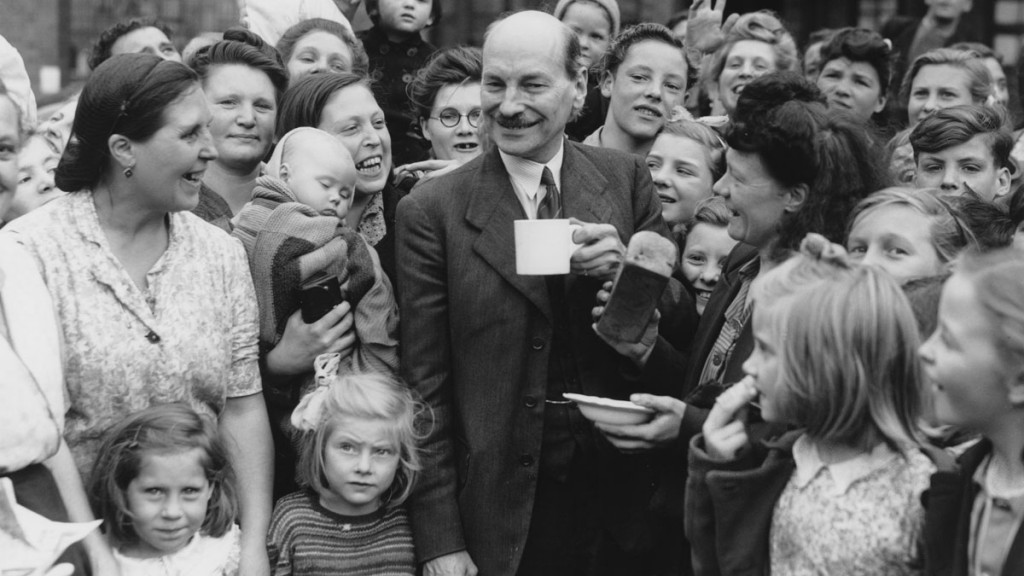
Governments sold off council houses and haven’t built more. The result has been a boon for buy-to-let landlords, but what about the rest of us? Simon Wilson reports.
What is social housing?
The phrase simply refers to rented housing provided by local authorities and not-for-profit housing associations, normally (though not always) at sub-market rents. Until the 1970s, almost all social housing was council housing, and throughout that decade it accounted for around a third of the overall housing stock of Great Britain.
Since then, the make-up of social housing has dramatically changed, due to the Right-to-Buy policy, under which established tenants were able to buy council houses at large discounts to the market value, and the rise of housing associations (actively encouraged by government policy) from the 1980s onwards. Overall, the proportion of households living in social housing has halved to around 17% of the total. And of those, about half (8% of the population) are not in local authority (council) housing, but in houses owned by housing associations.
Why has the sector shrunk?
Because the state chose to shrink it. There is nothing inevitable about the state acting as landlord. Local authorities were first required by law to provide housing in 1919, under Lloyd George’s “Homes Fit for Heroes” campaign (and worries that poor-quality housing had contributed to the poor physical condition of army recruits). In 1939, on the eve of World War II, the proportion of people living in council housing was just 10%, according to the Institute for Fiscal Studies think tank – ie, roughly the same as now.
What happened after the war?
The post-war Labour government under Clement Attlee built more than a million houses, 80% of them council houses, largely to replace those destroyed by German bombing. The housing boom continued in the 1950s and into the 1960s, when the focus moved towards slum clearances and the construction of high-rise blocks and landscaped housing estates. By the 1970s, completions of new social housing were still running at about 150,000 a year.
Since then, however, the sector has been slashed back, as, firstly, central government cut its house-building subsidies to local authorities, and secondly not all the proceeds of Right to Buy were used to replace housing that had been sold off, as its proponents had promised. By the 1990s there were only 33,000 social housing completions a year, and 25,000 by the 2000s. Meanwhile, between 1980 and 2013 more than 2.5 million council-owned properties were sold off.
Who lives in social housing?
Today, social tenants’ median household income (before housing costs, and adjusted for household size) is two-thirds of the median income of the population overall (according to the IFS). Social tenants are less likely to be of working age (60%, compared with 64%); where they are, they’re less likely to be in work (only 50%, compared with 70%); and when they are in work their median earnings are 70% of the average wage. Social tenants are about three times more likely to receive disability benefits, and almost four times less likely to have a degree. They are more likely to be single, and more likely to have children.
The mean social rent (in England) is £96 a week (on a property whose market rent is estimated at £136), which is less than 60% of the mean rent in the private sector (£172 per week). The proportion of social tenants claiming housing benefit has also increased steadily since the early 2000s, from 59% in 2001 to 69% in 2012 (on Department for Work and Pensions figures).
At the same time, the shrinking of social housing means more private renters are getting housing benefit, too. According to a National Housing Federation (NHF) study, private landlords in the UK got twice as much in housing benefit last year, £9.3bn, as they did a decade ago, and the number of private tenants claiming it has surged by 42% since 2008.
What is the state doing?
Before the 2015 election the Conservatives attracted incredulity from across the political spectrum for their proposal to extend the Right to Buy to housing association homes in England, thus further depleting the stock of social housing and inflating the buy-to-let bubble.
In fact, under the current agreement between the NHF and the government, housing associations are empowered to extend the Right to Buy on a voluntary basis. At the same time, the government plans to require councils to sell their most expensive properties as they become vacant, in theory to pay to build more in cheaper areas, and to subsidise Right to Buy. They are also tightening the rules to encourage better-off tenants to vacate (see below).
Recent analysis by the Local Government Association found that 12,246 council houses were sold to tenants under Right to Buy in England in 2015-2016, but just 2,055 were started by councils – a drop of 27% on the previous year. That kind of disparity isn’t sustainable, and suggests current policy isn’t working. Given the social housing sector is at the intersection of two crucial questions of policy – the lack of housing supply and the welfare budget – it’s a political issue whose time has come again.
A further squeeze for tenants
Two big legislative changes are likely to continue the transformation of England’s social housing stock. First, since 2011 social landlords can offer fixed-term tenancies, rather than secure lifetime tenancies (the previous legally mandated norm). Lifetime tenancies still account for the vast majority of tenancies, but the Conservative government announced plans last year to review, and further limit, their use.
Second, they also announced a big change (dubbed “pay to stay”) in the way social rents are set. From 2017-2018, social landlords will have to charge market or “near-market” rents to tenants in England with a household of income of £30,000 or more (£40,000 in London). Currently, landlords are allowed to (but don’t have to) charge market rents to tenants with incomes of £60,000.